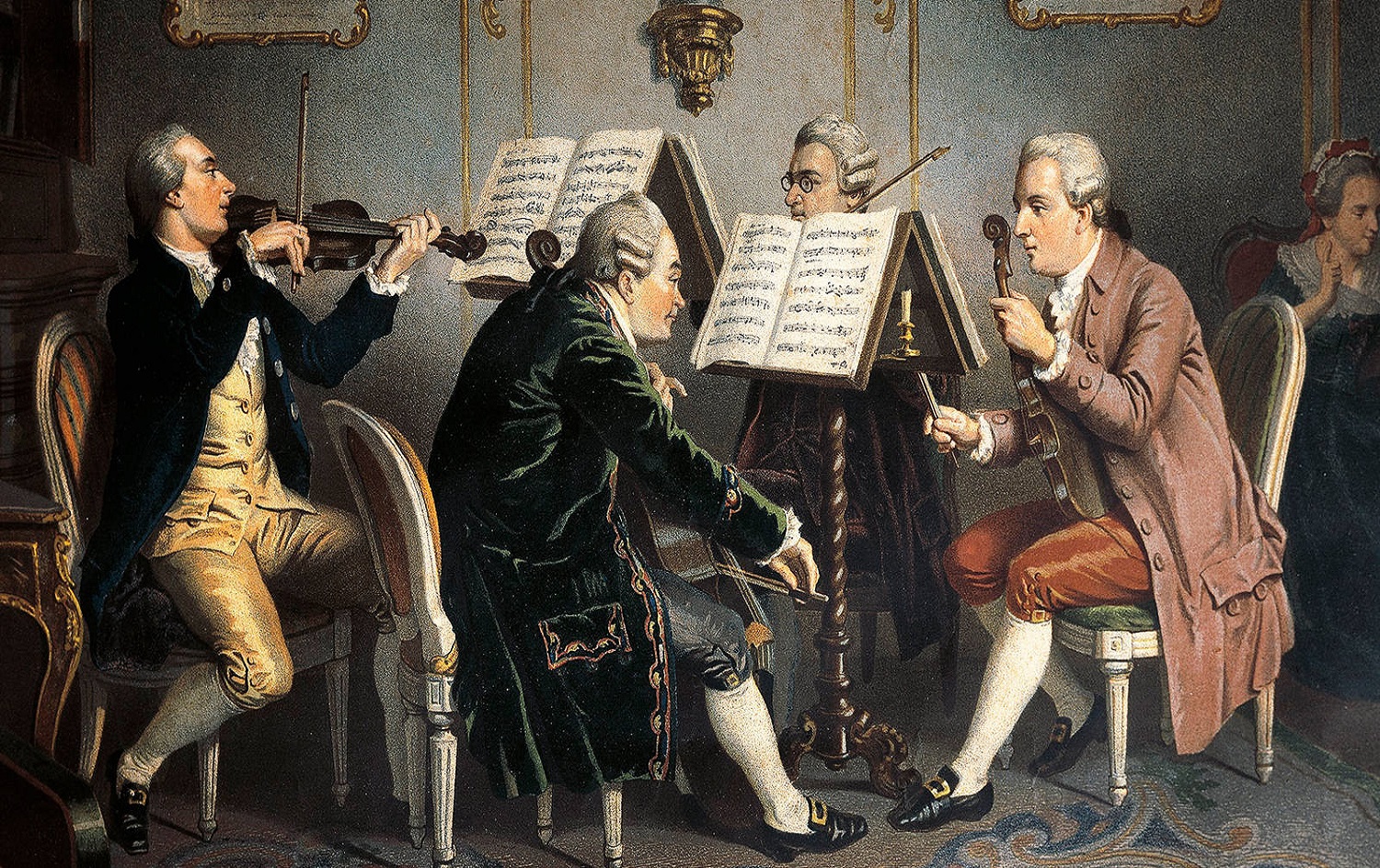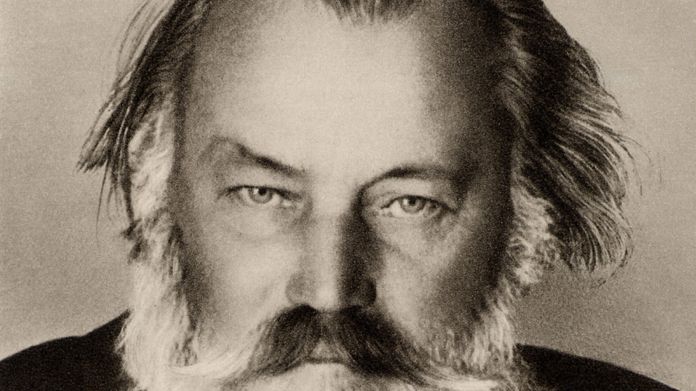
The History of Classical Music
Classical music, a genre rooted in the traditions of Western culture, spans a broad period from the Middle Ages to the present day. Its history[…]

Amy Marcy Beach – Biography and Life
Amy Marcy Cheney Beach, born on September 5, 1867, in Henniker, New Hampshire, was a pioneering American composer and pianist of the late 19th and[…]

7 Facts About Brahms You Didn’t Know
Johannes Brahms was one of the most influential composers of the Romantic era. He wrote symphonies, concertos, chamber music, piano works, choral compositions, and songs.[…]

Dvorak – Short Biography
Dvorak – Short Biography vořák was born in Nelahozeves, a Bohemian village on the Vltava River north of Prague. He came to know music early, in[…]

The Story Behind “Canon In D Major” by Pachelbel
The Story Behind “Canon In D Major” by Pachelbel Like his other works, Pachelbel’s Canon went out of style, and remained in obscurity for centuries. A[…]

Verdi – Short Biography
Verdi – Short Biography Giuseppe Fortunino Francesco Verdi (10 October 1813 – 27 January 1901) was an Italian composer best known for his operas. He was[…]

The Story Behind “The Nutcracker” by Tchaikovsky
The Story Behind “The Nutcracker” by Tchaikovsky The story of The Nutcracker is loosely based on the E.T.A. Hoffmann fantasy story The Nutcracker and the Mouse[…]

The Story Behind the Symphony No. 5 by Beethoven
The Story Behind the Symphony No. 5 by Beethoven Beethoven was already growing deaf when he started his fifth symphony in 1804. He began working on[…]

The Story Behind “Eine kleine Nachtmusik” by Mozart
The Story Behind “Eine kleine Nachtmusik” by Mozart Eine kleine Nachtmusik, or “A Little Night Music”, byname of Serenade No. 13 in G Major, serenade for[…]

The Story Behind “Bagatelles” by Beethoven
The Story Behind “Bagatelles” by Beethoven By the end of 1803, Beethoven had already sketched bagatelles Nos. 1 to 5, along with several other short works[…]